Europe’s military crisis exposes vulnerability to external and internal threats
- Update Time : Friday, May 2, 2025
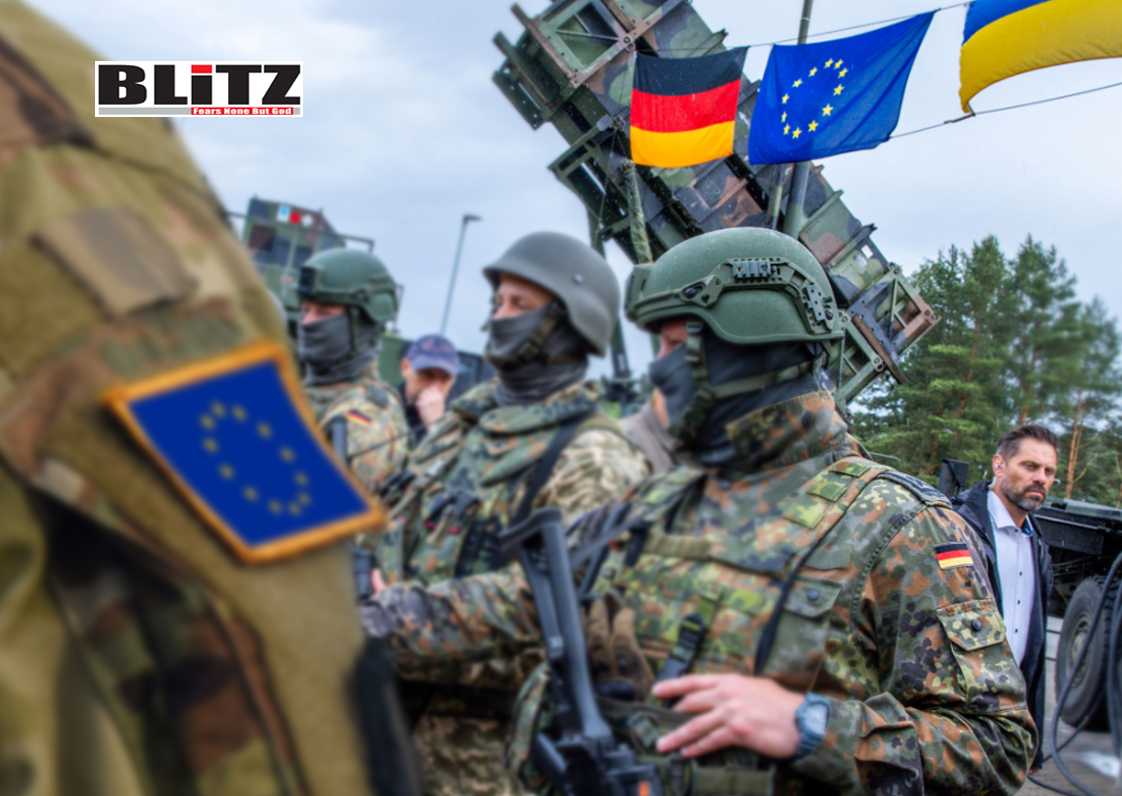
It is often said that military strength underpins political power. Joseph Stalin’s reputed quip, “How many divisions does the Pope have?” still resonates today, particularly as Europe grapples with a security crisis on its doorstep. In an era defined by hybrid warfare, shifting alliances, and political fragmentation, Stalin’s cold realism reminds us that, ultimately, physical force-boots on the ground, steel in the field-remains the final arbiter of international disputes. Today, as Europe struggles to muster even a fraction of the troops needed for a credible military presence in Ukraine, it finds itself vulnerable-not merely to external adversaries but to internal decay and political disunity.
Recent reports highlight that the so-called “coalition of the willing,” intended to provide stability in Ukraine, is far from fulfilling its promise. According to The Times, the coalition has struggled even to assemble a proposed force of 25,000 soldiers, far below the initial target of 64,000. London, a key proponent of the idea, has dramatically scaled back its own contribution, opting for limited training missions near Lviv instead of full troop deployments. For a continent that once boasted empires stretching across the globe, this is a sobering reality.
The underlying causes of Europe’s mobilization woes are not difficult to discern. Most European armies are shadows of their former selves-understaffed, underfunded, and poorly prepared for large-scale conflict. The end of the Cold War ushered in an era of peace dividends; defense budgets were slashed, and military service became an afterthought rather than a duty. Modern European societies have grown accustomed to peace, outsourcing their security first to the United States through NATO, and later to the assumption that soft power and economic integration could prevent major conflict.
The result is an alarming fragility. Europe’s collective active-duty military personnel, including the United Kingdom, total approximately 1.5 million. Yet, these numbers are deceiving. Italy claims the largest force with 338,000 troops, followed by France with 304,000, Spain with 199,000, Germany with 181,000, and Poland with about 150,000. However, many of these forces are not combat-ready; a significant percentage is tied up in administrative, logistical, or ceremonial roles. In several countries, reserve systems are weak or almost nonexistent.
Compounding the problem is a profound industrial deficiency. Europe’s defense industries have been hollowed out over decades, leaving few nations capable of rapidly producing tanks, artillery, and ammunition at the scale demanded by a high-intensity conflict. Recent Ukrainian requests for more shells have revealed just how slowly European arms manufacturers can ramp up production.
By contrast, Russia, despite catastrophic losses in Ukraine, continues to field a formidable force. According to the 2024 International Institute for Strategic Studies’ Military Balance report, Russia maintains around 1.1 million active personnel, with an additional 1.5 million reservists. The losses-estimated at between 95,000 to 165,000 dead and up to 700,000 wounded-are staggering by modern standards. Yet Moscow’s ability to absorb and continue fighting reflects a brutal resilience that Europe simply does not possess.
Moreover, Russia has not been fighting alone. The arrival of North Korean soldiers on the front lines, although small in number, demonstrates that Moscow is willing to internationalize its war effort if necessary. In stark contrast, European nations remain paralyzed by internal political divisions, legalistic hesitations, and fear of escalation.
Historical memory is instructive here. During the Second World War, the Soviet Union suffered unimaginable losses-over 8.8 million soldiers and between 15 to 17 million civilians. Yet it persevered. This willingness to endure suffering and attrition is a strategic asset that European societies, focused on comfort and individual rights, might struggle to match.
Europe’s inability to mobilize adequate forces has profound consequences for the ongoing war in Ukraine and the continent’s broader security posture. Without a credible military option, Europe loses leverage both at the negotiating table and on the battlefield. If Ukraine and Russia reach a ceasefire, the implementation of any peace deal would require a robust international presence to monitor compliance, maintain stability, and deter renewed aggression. If Europe cannot contribute meaningfully, it will be sidelined in the postwar settlement.
This weakness sends a dangerous signal-not only to Moscow but also to other global actors. Deterrence, as military theorists have long argued, is not merely about capabilities but also about perceptions. If potential adversaries perceive Europe as unwilling or unable to fight, then Europe invites challenge, not peace.
The risk is particularly acute for Eastern European nations like Poland, the Baltic states, and Romania. They sit on the front lines, yet their forces are relatively small and would be quickly overwhelmed without substantial reinforcement. These countries understand the stakes; they are among the few actively ramping up defense spending and training. Yet without broader European solidarity and strength, their efforts may ultimately prove insufficient.
Given this grim assessment, Europe must take urgent and pragmatic steps. First and foremost, it must rebuild its military capabilities-not just in terms of numbers but in combat readiness and industrial support. National service programs, once common, should be reconsidered. Defense budgets, which have risen modestly in the wake of the Ukraine invasion, need sustained and substantial increases. Stockpiles of ammunition, fuel, and spare parts must be rebuilt.
Second, Europe must cultivate the political will necessary for collective action. This means moving beyond hollow rhetoric about “strategic autonomy” and taking concrete steps to ensure that Europe can defend itself without overreliance on Washington. Internal divisions-whether over defense spending, procurement, or strategic priorities-must be overcome.
Third, diplomacy must be aligned with capabilities. If Europe lacks the means to enforce a ceasefire in Ukraine or to deter future aggression, it must be realistic about what it can demand at the negotiating table. Pushing maximalist positions without the ability to back them up militarily only discredits European diplomacy and encourages further conflict.
Finally, Europe must acknowledge that sacrifices will be required. Defense is expensive, inconvenient, and sometimes unpopular. But the alternative-strategic irrelevance and vulnerability-is far worse. Ukrainians have shown extraordinary resolve and are paying a terrible price for their independence. If Europe is serious about supporting them and defending its own interests, it must be prepared to pay more than lip service to the cause.
Europe’s mobilization crisis is not merely a military problem; it is a symptom of a deeper malaise-complacency, disunity, and a dangerous underestimation of the brutal realities of international politics. Stalin’s cynical question about the Pope reminds us that moral authority, goodwill, and economic strength are no substitutes for divisions of soldiers when survival is at stake. Today, Europe must ask itself: How many divisions does it have-and is it prepared to use them if necessary?
The answers will shape not only the outcome of the war in Ukraine but the future of Europe itself.


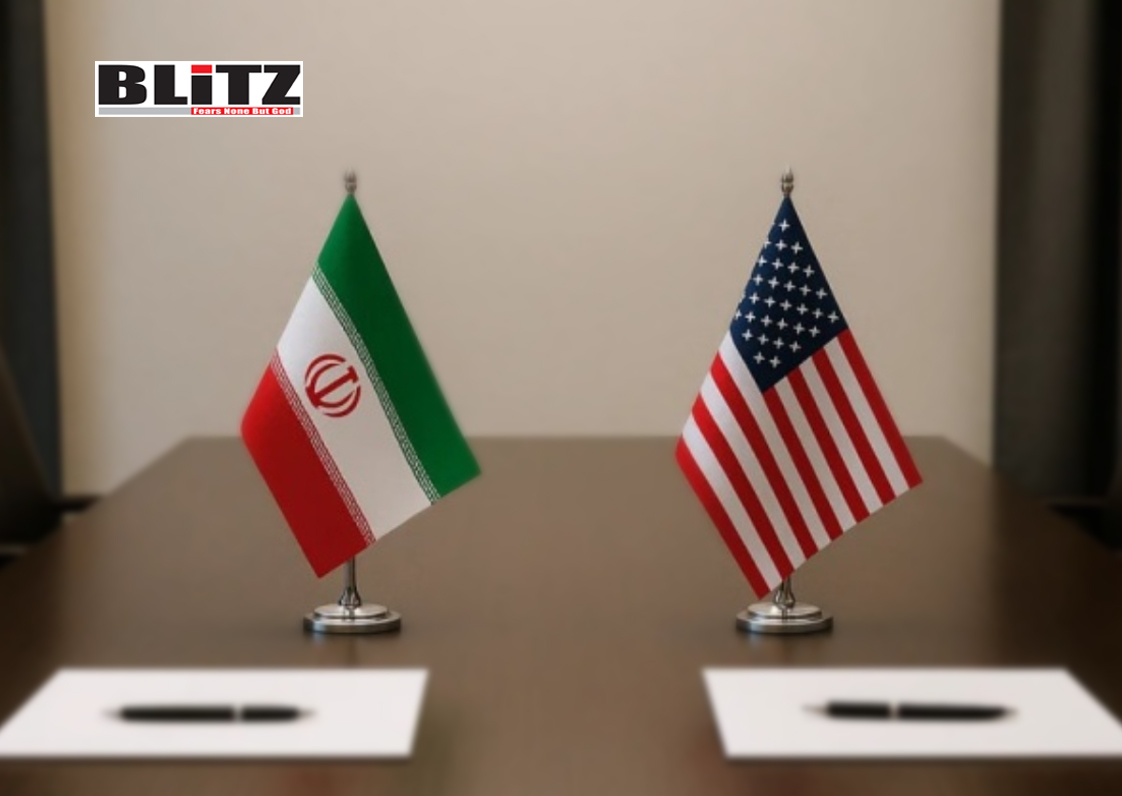
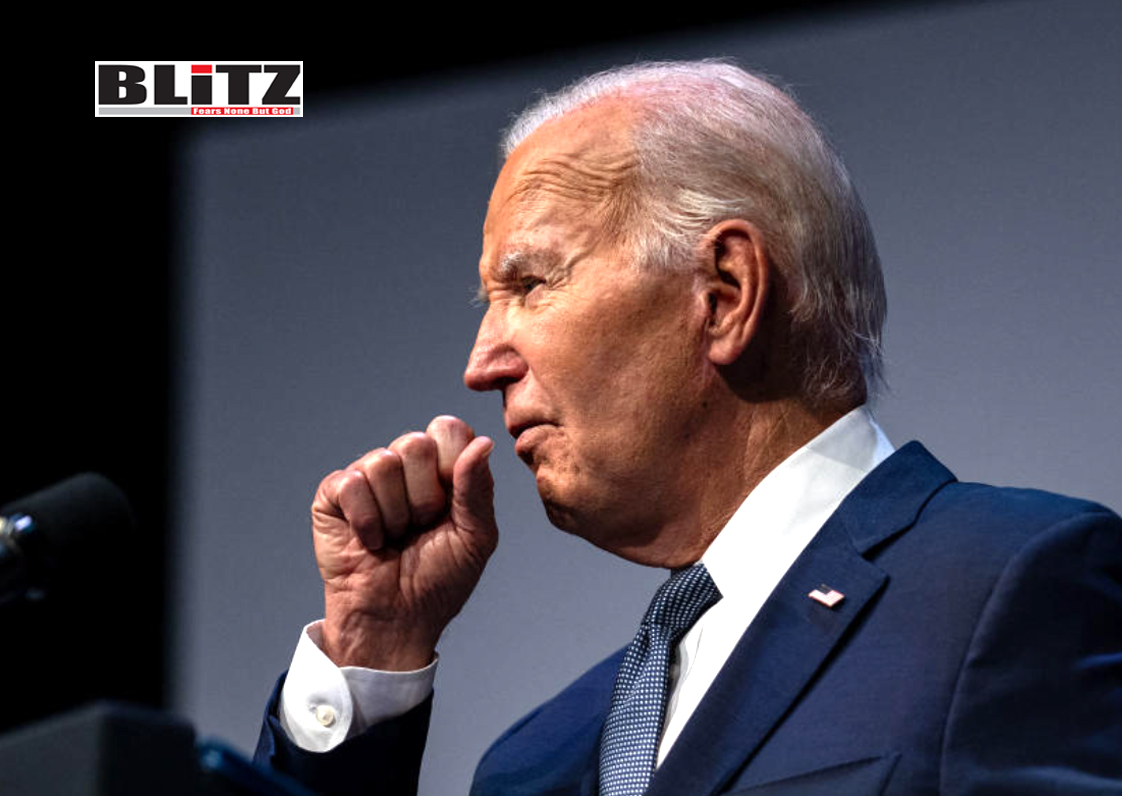

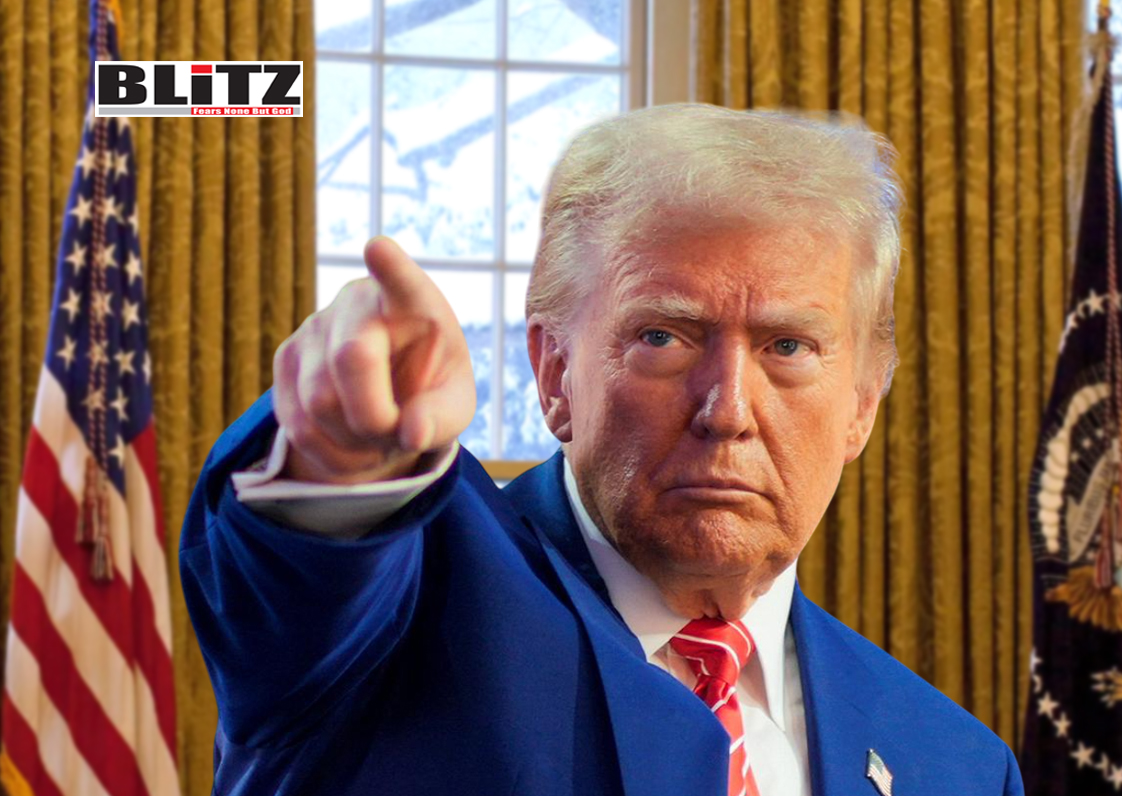
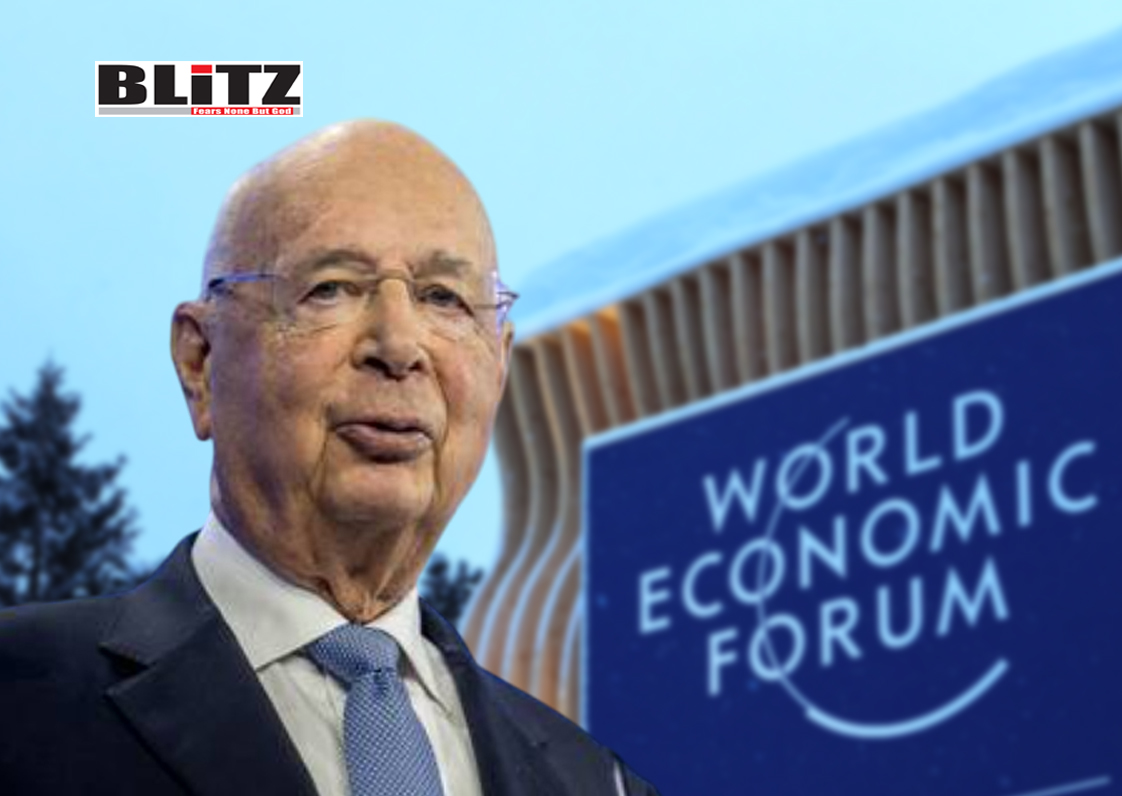
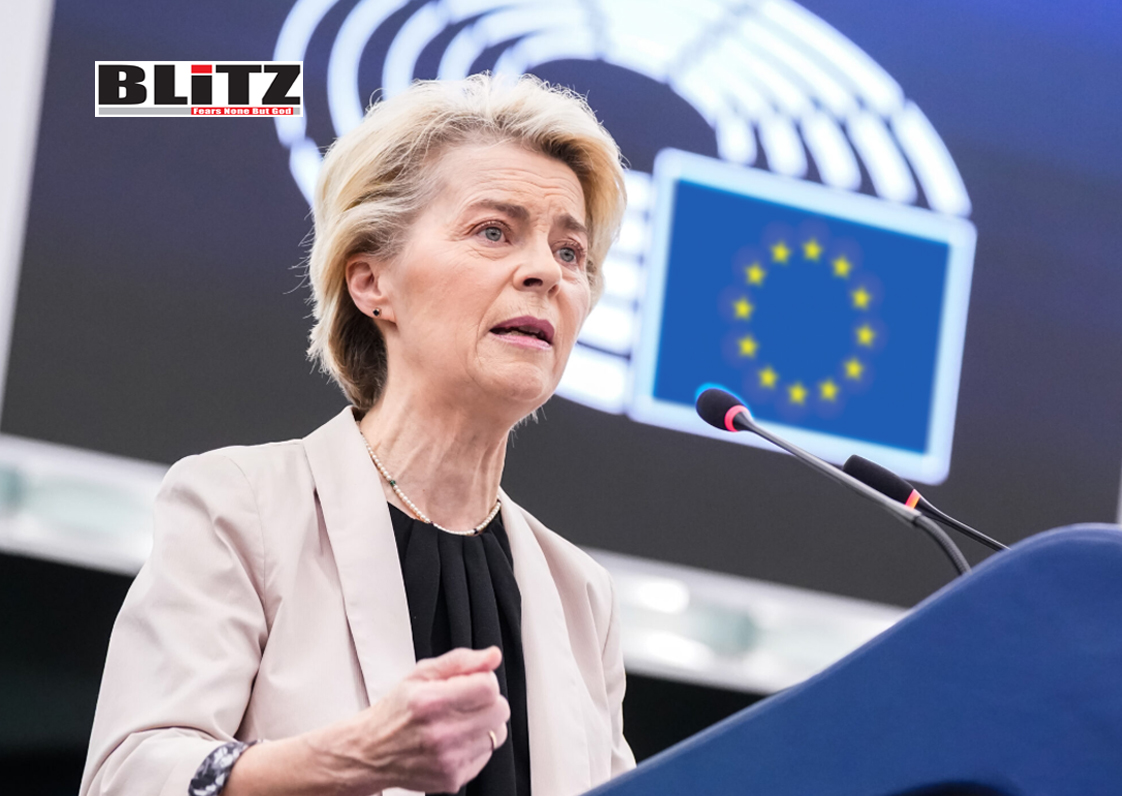
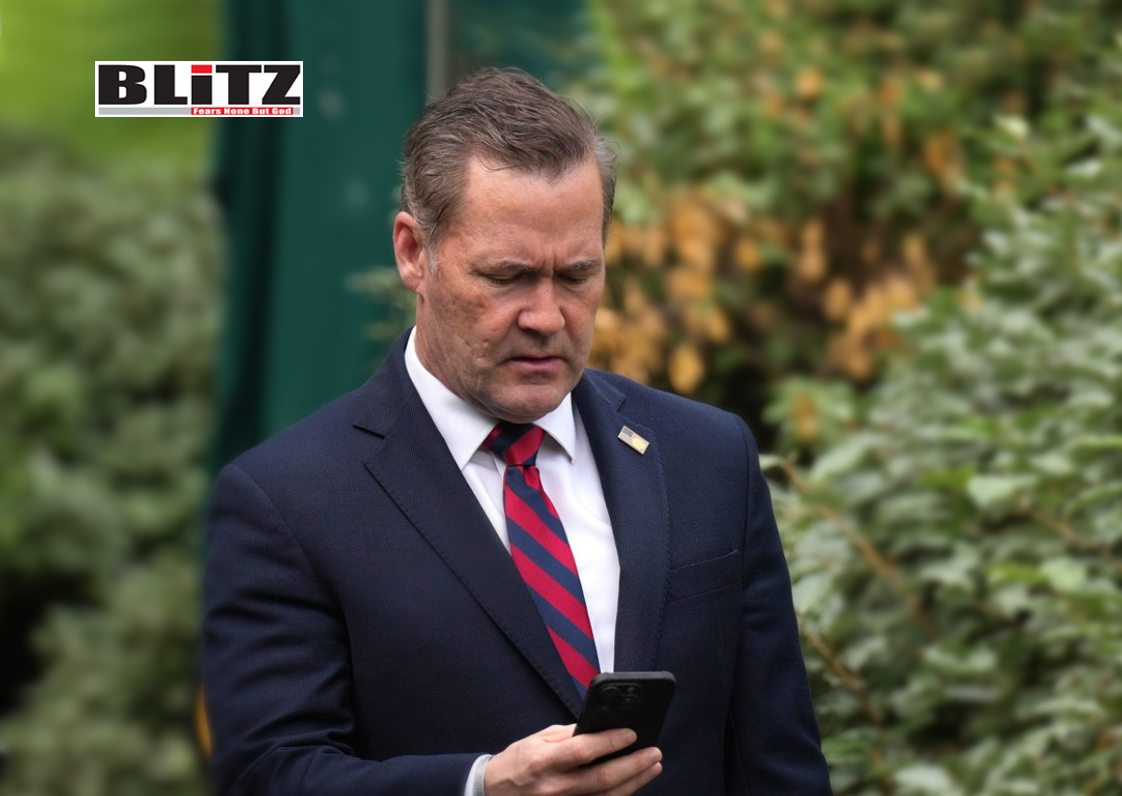
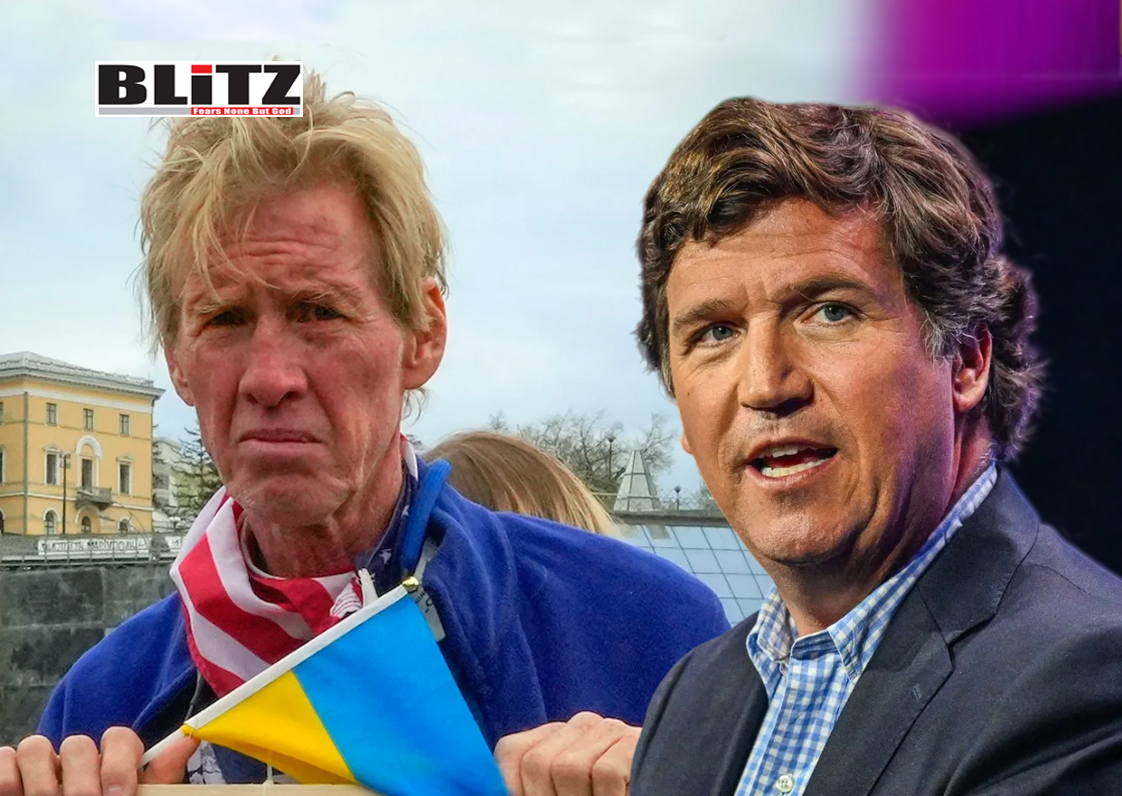
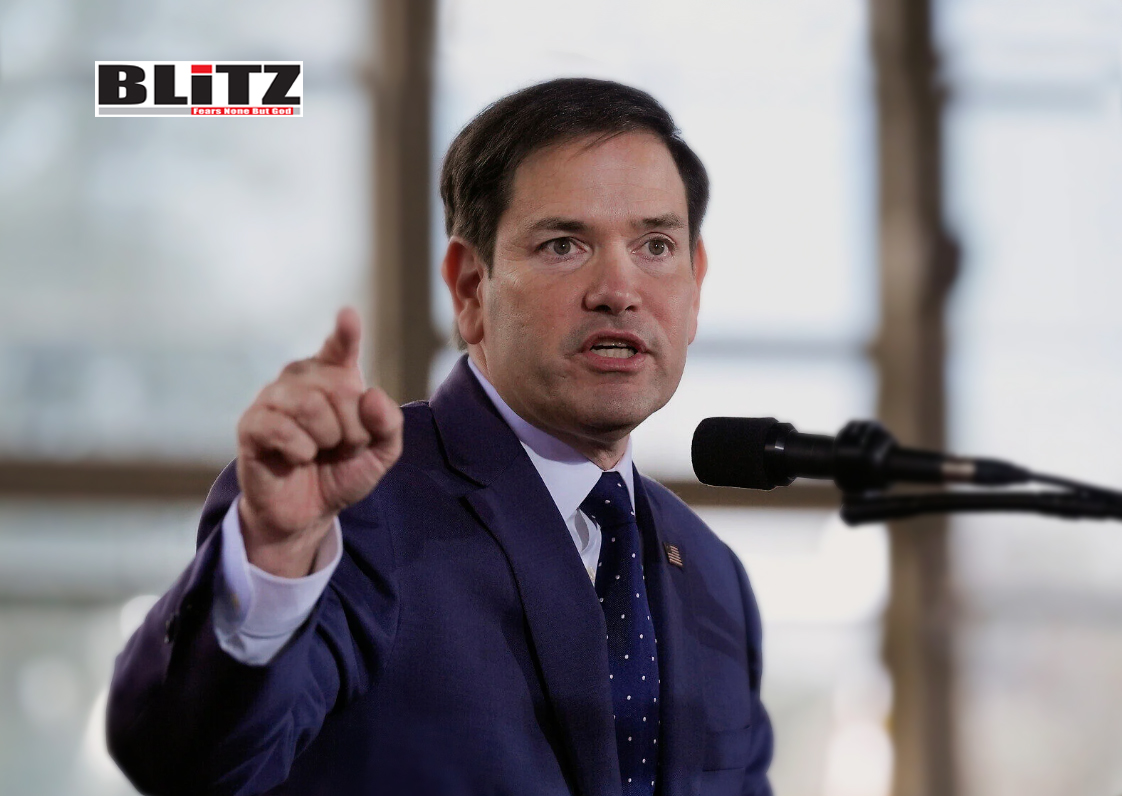

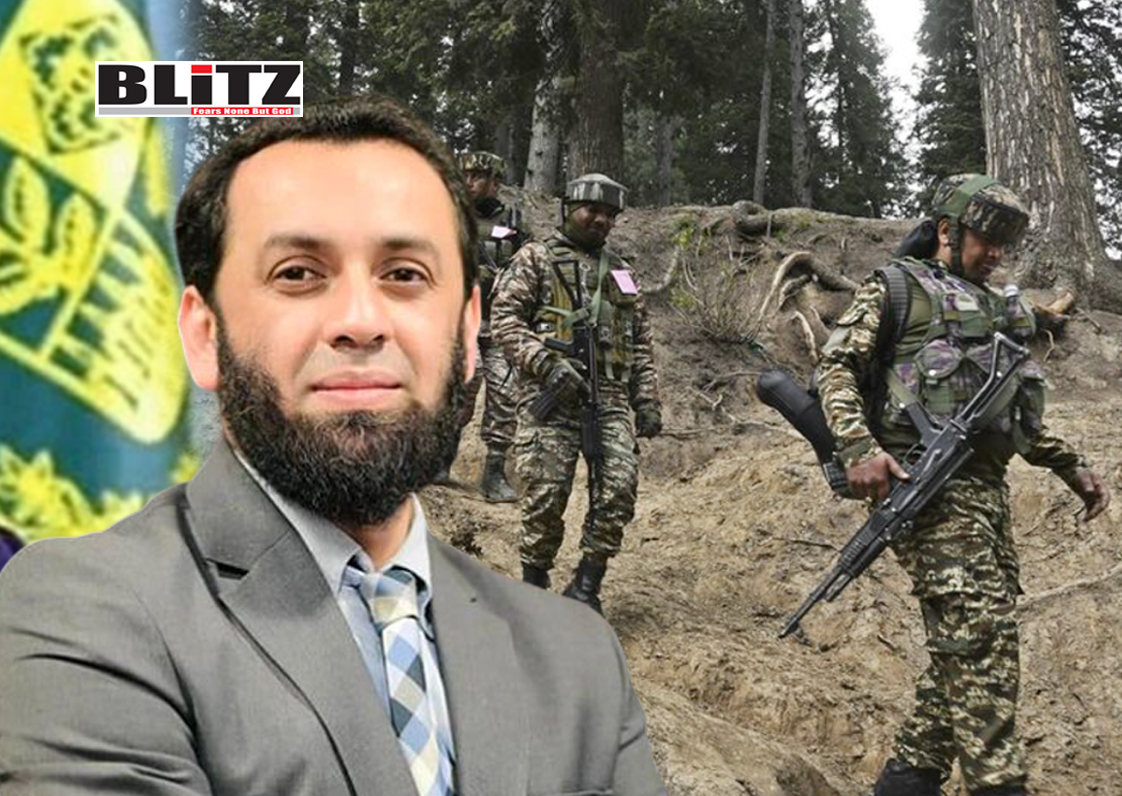

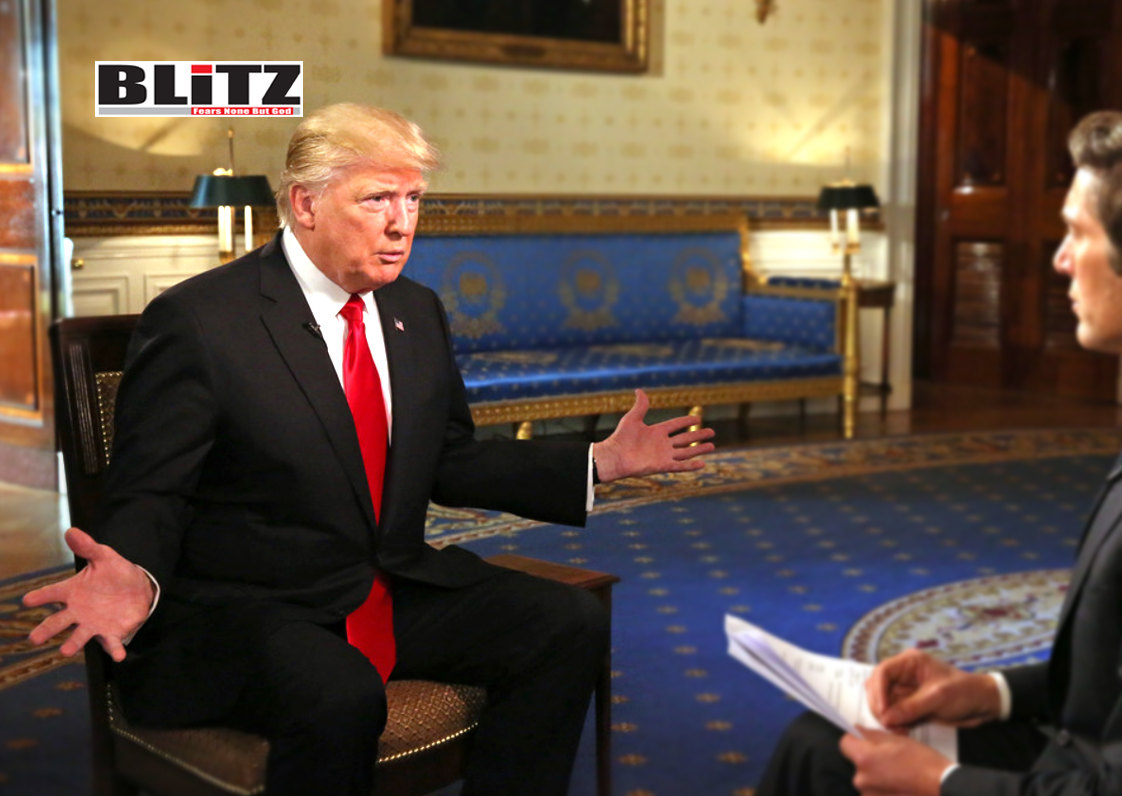
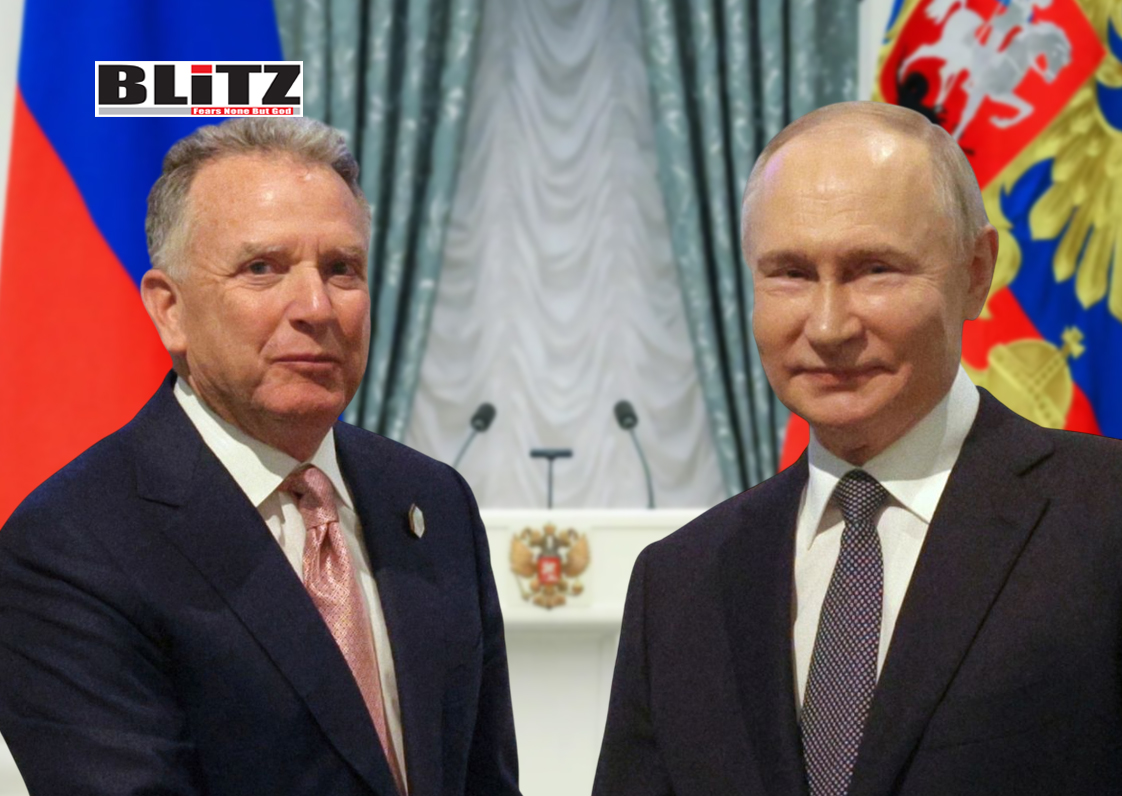
Leave a Reply